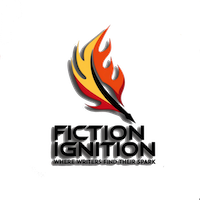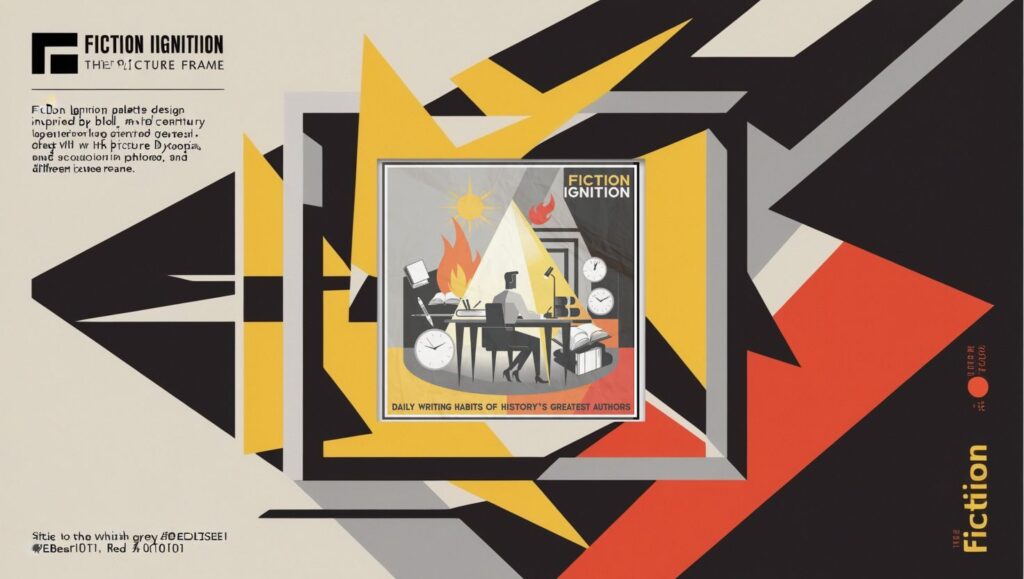Oh, the Pain of Unfinished Stories
Let me start with the truth—the raw, unpolished, humbling truth. I have notebooks filled with half-baked story ideas. My laptop is a graveyard of first chapters, prologues, and outlines that fizzled out. The crushing weight of unfulfilled potential has often left me questioning my identity as a writer. Am I really a writer, or just someone who thinks about writing? Does the dream count if it’s still only a dream?
Sound familiar?
If you’re reading this, maybe you’ve felt it too: the guilt of abandoning a story you once loved, the sting of self-judgment when another day passes without a word written. It’s resistance, that sly beast that Steven Pressfield famously named in The War of Art. Resistance shows up as procrastination, perfectionism, and even the crippling fear that your work just won’t be good enough.
But here’s the secret: You’re not alone, and you’re not doomed. Many legendary writers—the ones whose names are etched into the halls of literary glory—have faced the same battles.
Famous Writers Who Fought Resistance
Let’s look at some titans of the craft who struggled just like us:
- George R.R. Martin – The Game of Thrones author is no stranger to unfinished stories. Fans joke (and weep) about the endless wait for The Winds of Winter, but Martin himself has spoken about the challenges of wrestling sprawling narratives into submission.
- Toni Morrison – Before she became a Nobel laureate, Morrison worked full-time and raised her children. Her writing time was snatched in slivers—early mornings before dawn. She doubted whether she could finish her stories but pressed on.
- Neil Gaiman – In the midst of writing American Gods, Gaiman almost quit. He thought it was terrible, but his wife’s encouragement kept him going. He later realized that the middle of a project often feels like slogging through a swamp—uncertain and exhausting.
Why You’re Stuck (and Why It’s Okay)
Resistance thrives on chaos. When you sit down to write without a plan, it’s like stepping into a forest with no map. Every path looks enticing, but they all lead nowhere. For years, I thought pantsing (writing by the seat of my pants) would bring me creative freedom. Instead, it left me with a pile of fragmented, unworkable drafts.
Here’s what I’ve learned: Writing is both an art and a system. The art is in the words, the characters, the worlds you create. The system is the structure—the process that helps you organize your ideas and push through resistance.
A System to Ignite Your Writing
Inspired by Robert McKee’s Story, John Truby’s The Anatomy of Story, and the Snowflake Method, I’ve designed a step-by-step approach to help you go from idea to finished story.
- Find Your Controlling Idea
Every great story begins with a controlling idea or premise. What truth about life does your story explore? For example, The Shawshank Redemption revolves around this idea: “Hope can set you free.” Action Step: Write a one-sentence premise for your story. Make it as clear and specific as possible. - Map Your Narrative Spine
McKee calls it the “spine,” and Truby calls it the “design principle.” It’s the thread that holds your story together. Who is your protagonist, and what do they want? What obstacles stand in their way? What’s at stake? Action Step: Write a short summary of your protagonist’s journey. Include their goal, the conflict, and the resolution. - Build a Scene Bank
Instead of writing chronologically, create a bank of potential scenes. Brainstorm multiple options for key moments: the inciting incident, the midpoint, the climax. This way, you’ll never be stuck wondering, “What happens next?” Action Step: List 10-15 key scenes for your story. Write a brief description for each. - Draft Your Way to a Treatment
A treatment is like a blueprint. It’s a detailed summary of your story, written in prose. Think of it as your story’s skeleton. Action Step: Expand your scene bank into a treatment, connecting the dots between scenes. - Set Boundaries, Not Goals
Forget the pressure of word counts. Instead, set boundaries for your writing time. Write for 30 minutes a day, even if you only write one sentence. Consistency matters more than volume. Action Step: Schedule a daily writing session. Stick to it religiously. - Call on Your Allies
Writing doesn’t have to be lonely. Find a writing buddy, join a critique group, or even use AI tools like me to brainstorm ideas and solve story problems. Action Step: Share your premise or treatment with a trusted friend or group for feedback.
The Emotional Side of Resistance
Let’s talk about the emotions. Resistance isn’t just logistical; it’s deeply personal. It feeds on fear: fear of failure, fear of judgment, even fear of success.
When self-doubt creeps in, remind yourself of this: You are not your work. A bad draft doesn’t make you a bad writer. Writing is a practice, not a performance. Every word you write is a victory over resistance.
Ready to Ignite? Let’s Go.
Now is the time to reclaim your dream. Start small. Start messy. But start. The world needs your stories, my Literary Pyromaniac. And remember, even the greatest writers began where you are now—full of doubt, but full of potential.
So, until next time: don’t write, ignite!





